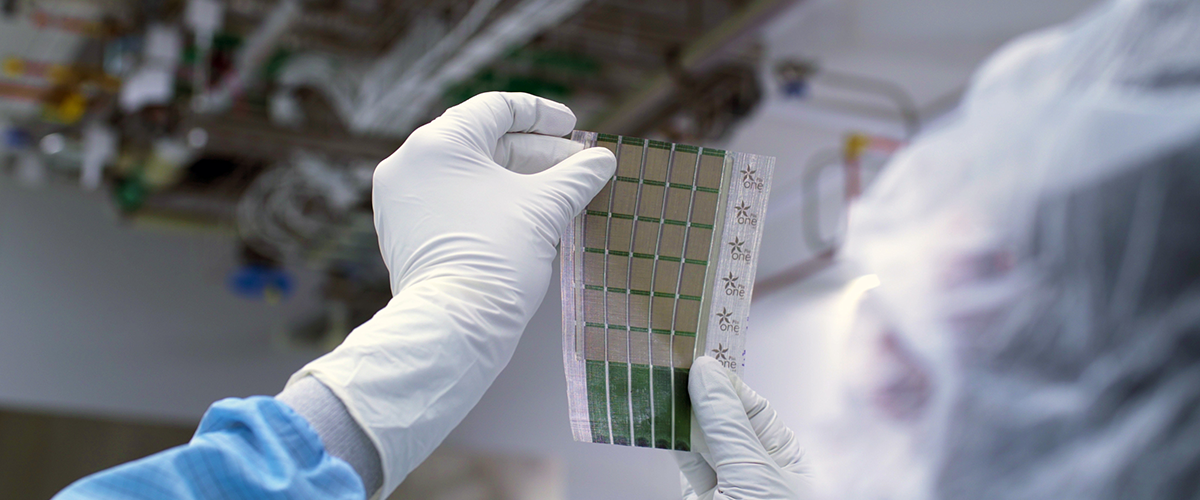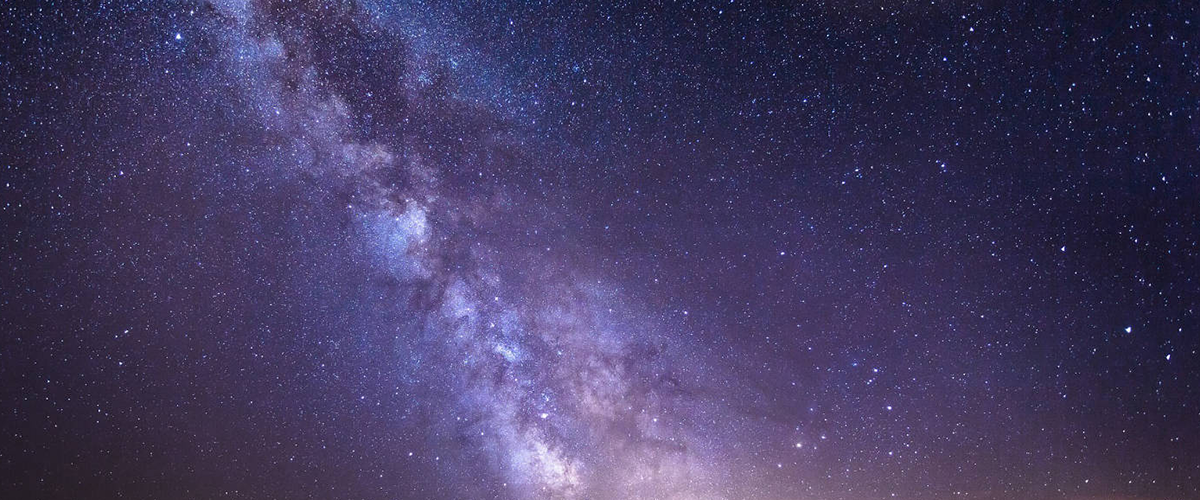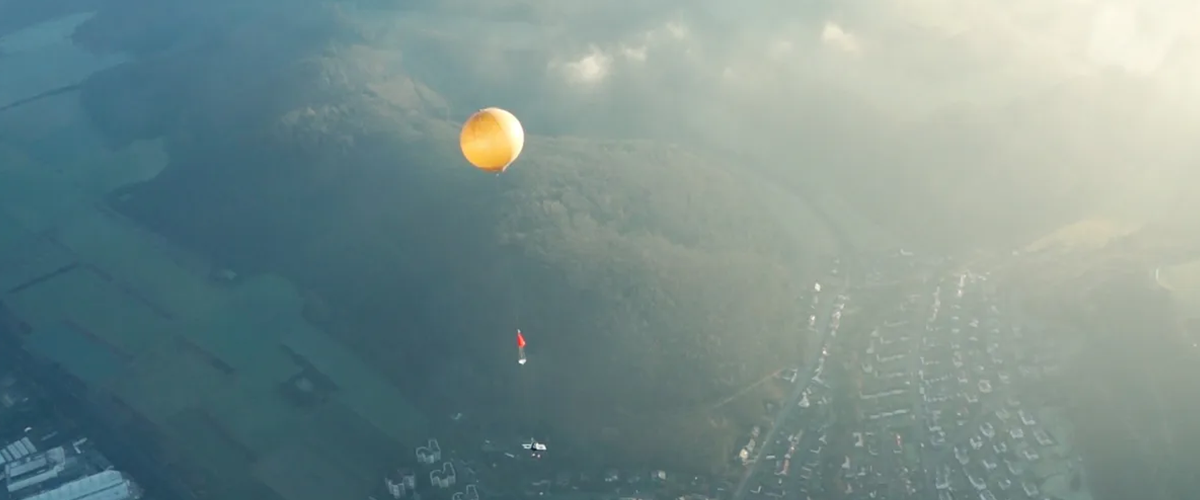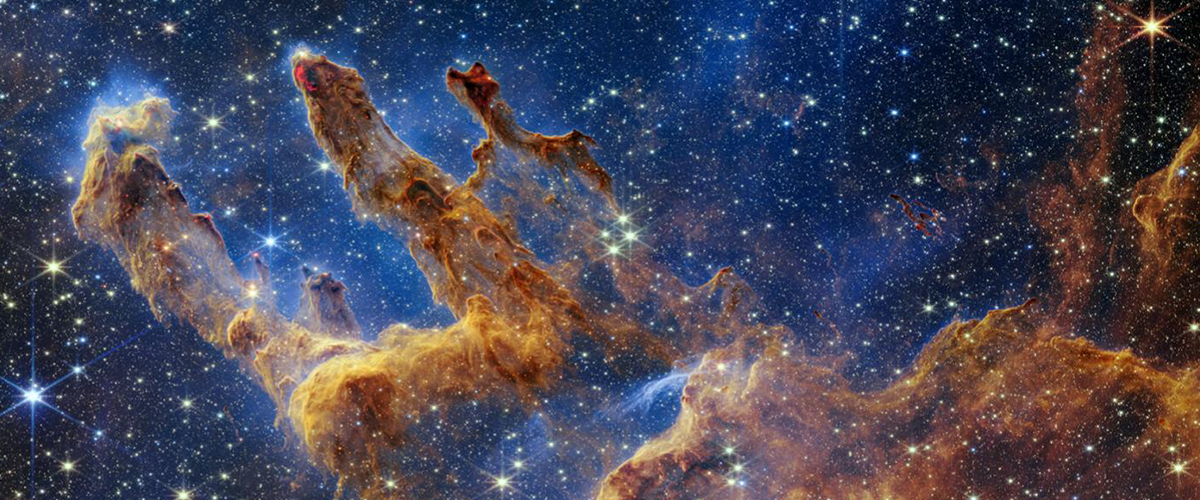INNOVATION
AI technology has helped to triple patient recovery from strokes in England by theage.com
The use of artificial intelligence (AI) technology has helped to triple the number of patients who recover from a stroke in England. Early-stage analysis of the Brainomix e-Stroke system technology, which has been rolled out in a number of stroke networks in the country, found it can greatly cut the time between diagnosis and treatment. Read more

DESIGN
This paper-thin solar cell could bring solar power to any surface by yankodesign.com
Solar energy is finally becoming more common these days, with some homes even using them for a big part of their overall consumption. The common conception about solar panels, however, takes for granted that this form severely limits where they can be used, which is often only on rooftops or large flat surfaces. In order to truly make solar power a more common technology, it should be more ubiquitous and more applicable to a variety of designs. Read more

SCIENCE
Astronomers discovered the Milky Way’s ancient heart by bgr.com
The Milky Way is over 13 billion years old, and in that time, it has apparently had more than one galactic core. At least, that’s what a new study suggests. The study in question was published in The Astrophysical Journal and showcases the 12.5 billion-year-old ancient core of the Milky Way. Read more

UNUSUAL
Startup Claims It's Sending Sulfur Into the Atmosphere to Fight Climate Change by gizmodo.com
Make Sunsets sells "cooling credits" for $10 and alleges that 1 gram of sulfur particles offsets the impacts of 1 ton of carbon emissions, in a controversial attempt to combat climate change. Read more

PODCAST
How close is the James Webb Space Telescope to finding life? on podcast.apple.com
The United States space agency NASA launched the James Webb Space Telescope, the largest telescope ever put into space, just over a year ago. Since then, we have been given a whole new picture of the universe – image after image of stars, planets and galaxies, farther into the universe than humans have ever seen. The Take talk to those who helped put together the telescope about what they have learned and find out how close it really is to detecting signs of life on other planets. Listen




